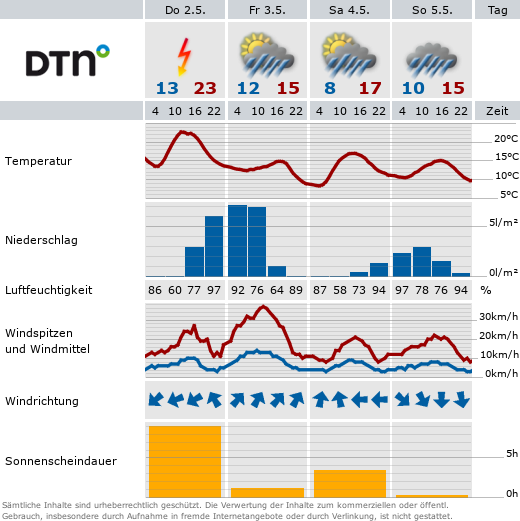When Spins Synchronize: Time Crystals in Action
- Kolloquium

When Spins Synchronize: Time Crystals in Action
Nonlinear dynamics govern many of the most captivating phenomena in nature — from the rhythmic beating of the heart to the turbulent flow of fluids, from synchronized fireflies to the unpredictable beauty of chaos. These systems can self-organize, oscillate, synchronize, or spiral into instability, often revealing intricate patterns out of simplicity. How remarkable would it be to recreate and study such rich dynamical behavior in a well-controlled, solid-state environment?
In this colloquium, I will present how a dissipative electron-nuclear spin system in a semiconductor gives rise to robust, self-sustained auto-oscillations under continuous optical excitation. These oscillations, appearing across a wide range of laser powers, temperatures, and magnetic fields, form stable limit cycles with coherence times extending to hours [1]. When the system is periodically driven by modulating excitation power or polarization, it reveals hallmark features of nonlinear dynamics: frequency entrainment, subharmonic bifurcations, and a devil’s staircase of resonances. Chaotic dynamics emerge as the system nears synchronization thresholds, uncovering a detailed picture of the boundary between order and disorder [2].
This platform provides not only a novel approach to studying complex, collective behavior in semiconductors but also a compelling parallel to the concept of time-matter organization. The structured oscillatory response—spontaneous, long-lived, and richly tunable—evokes the essence of time-crystalline phenomena but is grounded in a classical nonlinear landscape.
References
[1] A. Greilich, N. E. Kopteva, A. N. Kamenskii, P. S. Sokolov, V. L. Korenev, and M. Bayer, Nature Physics 20, 631 (2024).
[2] A. Greilich, N. E. Kopteva, V. L. Korenev, Ph. A. Haude, and M. Bayer, Nature Commun. 16, 2936 (2025).

![Band structure of 2D semimetal based on HgTe quantum well. Experimental points are obtained from the analysis of the cyclotron resonance in the quasi-classical approximation. Solid lines are predictions of the kp theory with no free parameters. Splitting of the conduction (e1,2) and valence (h1) band is due to the quantum confinement. [J. Gospodaric, AP, et al., PRB 104, 115307].](/storages/physik/_processed_/b/5/csm_Kolloquium_Pimenov_dd588be975.png)








